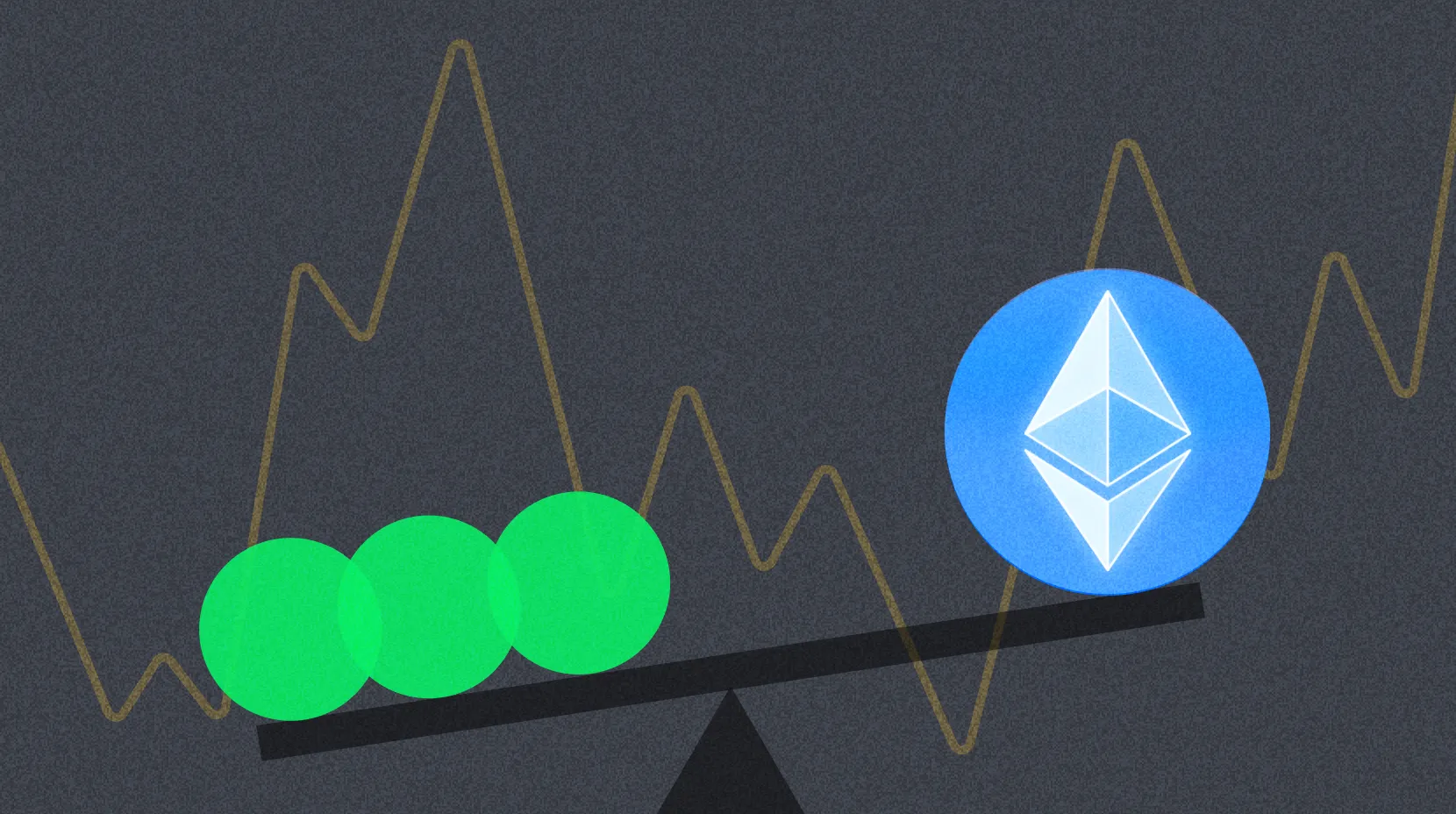第 3 课
票数统计与结果公布
在本章中,我们将实现去中心化投票系统的最后两个部分:票数统计与结果公布。我们将对Voter合约进行最后的扩展,并创建用于计算获胜提案的函数。
扩展Voter合约
首先,我们在合约中添加winningProposal函数。此函数将遍历所有提案并返回票数最多的提案。此外,我们将创建一个winnerName函数,用于返回获胜提案的名称。合约的最终版本如下:
Solidity
// SPDX-License-Identifier: GPL-3.0
pragma solidity >=0.7.0 <0.9.0;
contract Voter {
struct Person {
bool voted;
uint vote;
}
struct Proposal {
string name;
uint voteCount;
}
Proposal[] public proposals;
mapping(address => Person) public voters;
function registerVoter() public {
voters[msg.sender].voted = false;
}
function addProposal(string memory _name) public {
proposals.push(Proposal(_name, 0));
}
function vote(uint _proposal) public {
require(_proposal < proposals.length, "Invalid proposal index."); // This is the added check
Person storage sender = voters[msg.sender];
require(!sender.voted, "Already voted.");
sender.voted = true;
sender.vote = _proposal;
proposals[_proposal].voteCount += 1;
}
function winningProposal() public view returns (uint winningProposal_) {
uint winningVoteCount = 0;
for (uint p = 0; p < proposals.length; p++) {
if (proposals[p].voteCount > winningVoteCount) {
winningVoteCount = proposals[p].voteCount;
winningProposal_ = p;
}
}
}
function winnerName() public view returns (string memory winnerName_) {
winnerName_ = proposals[winningProposal()].name;
}
}
代码解析
我们来解释一下新添加的两个函数:
Winning Proposal函数:此函数将遍历所有提案并找到投票数最高的那个。它返回该提案在
proposals数组中的索引。此函数是一个view函数,只读取数据,不修改合约状态。Winner Name函数:此函数会调用
winningProposal函数获取获胜提案的索引,然后返回获胜提案的名称。

编译和测试
单击左侧边栏上的Solidity编译器图标,然后单击“Compile”按钮,来编译您的合约。
在“Deploy & Run Transactions”选项卡中部署并运行合约。注册投票人,添加提案,进行投票,最后查看获胜者。
操作步骤:
- 部署:首先,单击Solidity编译器图标下方的”Deploy & Run Transactions”图标,使用”JavaScript VM”环境,然后单击”Deploy”。
- 注册投票人:合约部署完成后,会在”Deployed Contracts”版块显示。单击箭头展开内容,我们合约的所有函数将在这里显示。
- 要注册投票人,请使用registerVoter函数。由于我们已经事先将合约编程为:将调用此函数的帐户注册为投票人,您可以在”Deploy & Run Transactions”选项卡的”Account”下拉列表中切换帐户。选择帐户后,点击registerVoter函数。对要注册为投票人的每个帐户重复此步骤。
- 添加提案:要添加提案,请使用addProposal函数。在函数旁边的输入框中输入提案名称,然后单击该函数。对要添加的每个提案重复此步骤。
- 投票:要进行投票,请切换到投票人帐户并找到vote 函数。在函数旁边的输入框中输入您要投票的提案的索引(即您添加它的顺序,从0开始),然后点击该函数。为每个投票人重复此步骤。
- 查看获胜者:所有投票人投票完成后,即可查看获胜者。找到winnerName 函数并点击,屏幕下方控制台中将显示获胜提案的名称。
- 请记住,区块链中的所有操作(包括Remix中的测试操作)都属于交易。您可以在控制台中展开交易详情,查看更多信息,如交易成本和数据,有助于您更好地了解您的合约如何与区块链交互。
在下一章中,我们将探讨合约交互与事件记录。我们将学习不同的合约如何交互,以及如何在区块链上记录和监控活动。恭喜大家在以太坊上构建了自己的第一个去中心化投票系统!
免责声明
* 投资有风险,入市须谨慎。本课程不作为投资理财建议。
* 本课程由入驻Gate Learn的作者创作,观点仅代表作者本人,绝不代表Gate Learn赞同其观点或证实其描述。





